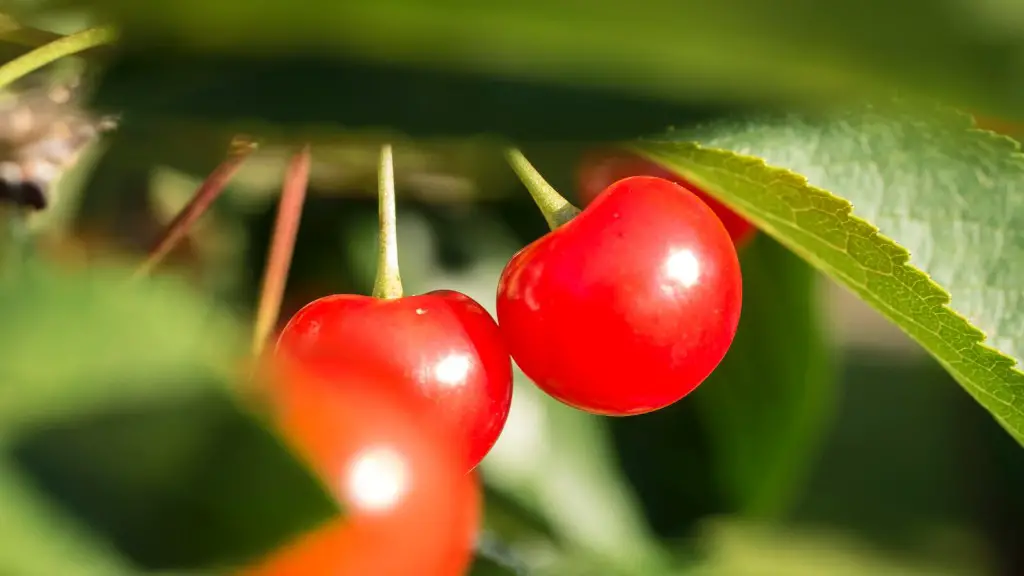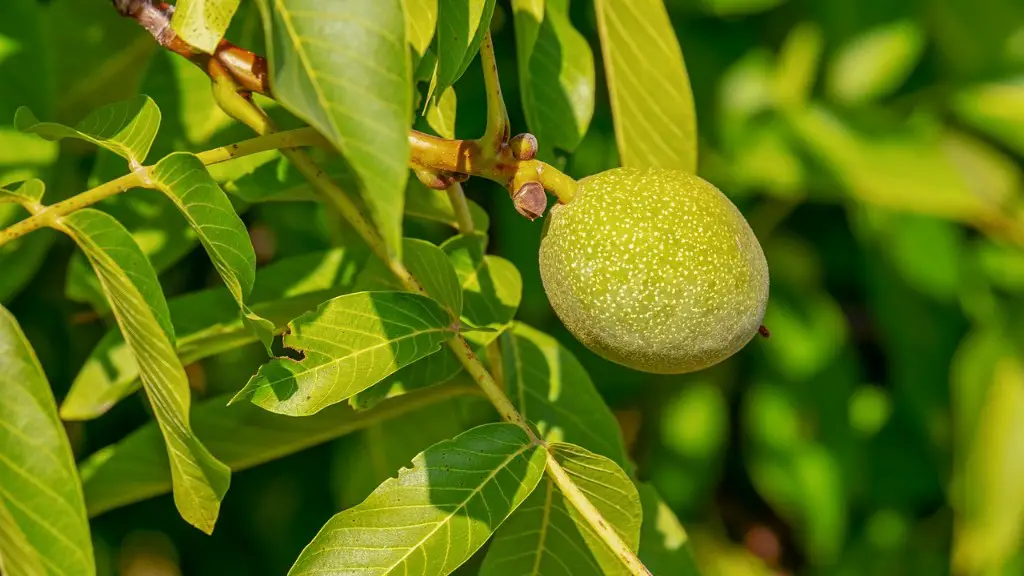Jamaican cherry trees are prized for their fragrant, sweet-tasting, blood-red fruit. They are a great addition to any garden, as they provide a delicious harvest all summer into fall. While you can buy Jamaican cherry tree saplings from local nurseries, it can be even more rewarding to grow them from seed. Read on to learn how to grow Jamaican cherry tree from seed.
Collecting and Cleaning the Seeds
Start by collecting Jamaican cherry tree seeds when the fruit is ripe and its red color has deepened. It’s one of the easiest fruit trees to collect the seeds from since they easily fall out of the fruit. Once this is done, it is important to clean the seeds to get rid of any excess pulp which might be present. Soaking the seeds overnight in warm water is recommended.
Scarification
Next you will need to scarify the seeds. Scarification is when you expose the seeds to rapid and direct changes in temperature and moisture to break seeds’ dormancy before they can be germinated. To do this, simply place the seeds in a bowl of hot (almost boiling) water for 10-15 minutes. After this, you can place the seeds in cold water for 30-60 minutes.
Planting the Seeds
Now you can plant the seeds in a shallow bowl with moist compost, making sure to keep the compost slightly damp. Cover the bowl loosely with a piece of cloth to retain the moisture. Covering the bowl with a clear plastic bag is also recommended, to create a mini-greenhouse effect, allowing the seeds to germinate faster. Keep the seeds in a warm spot, around 70F (21C) with plenty of light to help the germination process.
Transplanting the Seedlings
After 2-3 weeks of growth, you’ll need to transplant the seedlings into individual pots and then let them grow for another 6-8 weeks. When transplanting, gently dig up the area underneath the seedlings and put them in the pots. Add at least 2 inches of potting mix to the pots and water them thoroughly to ensure proper growth. You should also add a slow-release fertilizer during this step.
Caring for the Trees
Jamaican cherry trees require plenty of sunlight and warmth to reach their full potential. So, if you are planting them outdoors, you should choose a spot that gets 6-8 hours of sunlight per day. These trees can also be grown indoors in containers and should be placed in a sunny spot. Remember to water them regularly, as the soil needs to stay moist at all times.
Pruning the Trees
Pruning is an essential part of caring for Jamaican cherry trees. Pruning stimulates new growth and helps to maintain the health of the tree. It also encourages the development of new flowers and fruits. Pruning should be done in late winter or early spring with the use of sharp pruning shears. Be sure to remove any dead or diseased branches and any branches with weak crotches or narrow angles.
Protecting Against Pests and Diseases
Like all trees, Jamaican cherry trees can be susceptible to pests and diseases. The most common pests include scale insects and aphids, which can be treated with horticultural oil. Fungal diseases, such as powdery mildew and leaf spot, can also attack Jamaican cherry trees. To prevent these diseases, it is important to keep the trees well-watered and avoid overcrowding. Additionally, removing dead or diseased branches can help prevent the spread of these diseases.
Harvesting the Fruits
Harvesting Jamaican cherry fruits can be trickier than collecting the seeds. The fruits tend to ripen at different stages, so you will have to keep an eye on the fruits to know when to harvest. The fruits are ripe when the skin turns a deep red and the flesh is slightly soft. To harvest the fruits, twist them off the tree gently and then store them in a cool, dry place.
Proper Pollination Techniques
Jamaican cherry trees are self-pollinating, meaning they don’t require pollinators to set fruit. However, proper pollination techniques can help ensure the tree produces a better harvest. Hand pollination is one technique you can use. Simply use a small brush to transfer pollen from the anthers to the stigmas. Another technique is to prune the trees in early summer to promote better air circulation, which can encourage better pollination.
Best Soil Conditions
Jamaican cherry trees do best in areas with soil that is well-draining and slightly acidic. Sandy loam soil with plenty of compost or aged manure is ideal. Adding compost or aged manure will help to improve the soil quality and ensure the tree’s roots get all the nutrients they need to thrive and produce a good harvest.
Fertilizing and Watering
Regular fertilizing and watering is essential for a Jamaican cherry tree to produce a good harvest. When fertilizing, a balanced fertilizer should be used. As for watering, these trees have fairly deep roots and require plenty of water. The tree should be watered deeply and regularly for the best results.
Prune for Better Results
Pruning is important for a Jamaican cherry tree to remain healthy and produce a good harvest. Pruning helps to remove old, dead, or infected branches, and helps to sustain the tree’s vigor and health. In addition, pruning helps to promote better air circulation, which helps to ensure better pollination and fruit set. Prune the tree early in the spring, before it starts to bud.
Conclusion
Once you understand the basics of how to grow Jamaican cherry trees from seed, they will become an invaluable addition to your garden. They are easy to care for and offer a delicious harvest all summer long. With careful tending and proper care, your Jamaican cherry tree will provide you with a wonderful harvest for years to come.


